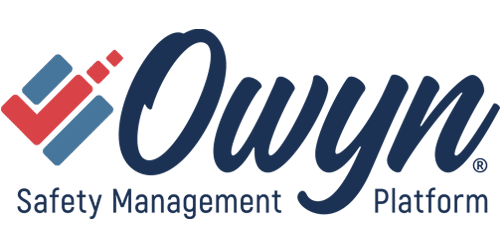Meeting Third-Party Requirements
Problem: Third-Party Requirements Are Giving You a Headache
Your Problem: You know your business, but to bid for the best jobs, you’re being required to meet demanding third-party risk management (TPRM) requirements. Now—in addition to everything else on your plate—you have to provide proof of safety compliance. How will you manage it?

Your Solution: ISNetworld, Avetta, Veriforce, Gold Shovel, ComplyWorks—the list of TPRM platforms could go on and on. Each platform sets different standards and requires users to provide the necessary documentation in a certain way.

Before you get started, make sure you understand the specific standards and requirements the hiring client or TPRM company will use to assess your company’s health and safety compliance. Here in the U.S., the Occupational Safety and Health Administration (OSHA) sets legal standards for workplace safety and health.
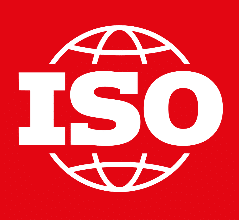
Most often, demonstrating that your company is OSHA-compliant will satisfy TPRM requirements, though some demand proof of much more than the basic requirements. For example, compliance with the International Organization for Standardization’s (ISO’s) Occupational health and safety management systems – Requirements with guidance for use (ISO 45001) may be required when working with large organizations or on international projects.
If you’re a safety-conscious company to begin with, you may already be meeting TPRM requirements without even realizing it. The key is to document your safety efforts so you can submit proof of them on the TPRM platform.
Documentation of your safety efforts will vary slightly depending on the standards by which they will be measured. For example, the safety programs, forms, and training provided here at OWYN Safety meet OSHA standards but are not necessarily ISO compliant.
Make It Happen: Gather documentation of your safety efforts and submit proof of them on the TPRM platform. You will generally need to submit proof of 4 things:
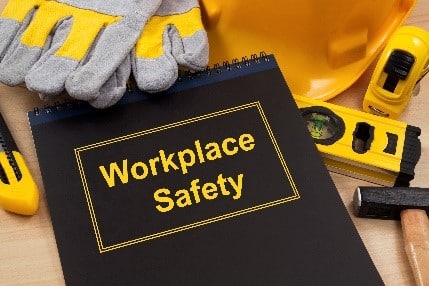
1. A written safety program. Put your company’s safety policies and procedures in writing. Policies declare your commitment to a culture of safety and health; procedures state the actions you’ll take to protect your employees’ safety and health in practice. Make sure your safety program meets the TPRM requirements.
2. Employee training. Tailor regular health and safety training to your work environment. Document all training sessions and keep track of employee participation. Evidence of ongoing training programs demonstrates a culture of safety.


3. Safety inspections. Set a schedule for conducting regular safety inspections. Designate a competent person to perform the inspections as scheduled and to keep accurate records of any identified hazards and corrective actions.
4. Evidence of compliance. Monitor and improve safety by keeping good records, including injury and illness logs, incident reports, safety audits, and corrective actions taken.
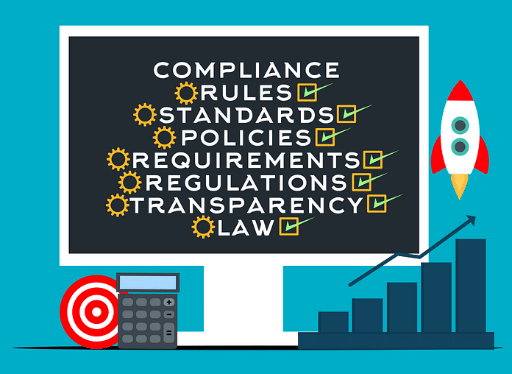
By providing these documents, you’re demonstrating your ongoing commitment to safety to the TPRM evaluators. Keep in mind that third-party platforms will evaluate not only your current safety practices but also your efforts to improve.
Next Steps: Honestly evaluate the above list. Which items do you have on hand? If they’re ready to submit, do so today. Which documents are you missing? If you are missing certifications or find you do not fully meet certain requirements, it’s best to disclose this upfront and outline a plan for compliance. This approach can lead to productive discussions and, sometimes, flexibility in bid requirements.

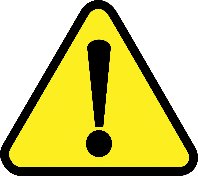
A word of caution: do not try to submit falsified documents to a TPRM platform. Taking that kind of shortcut can cost you big time in the long run, from disqualification from bidding to termination of contracts, financial penalties, legal action, and more. It’s just not worth it.
